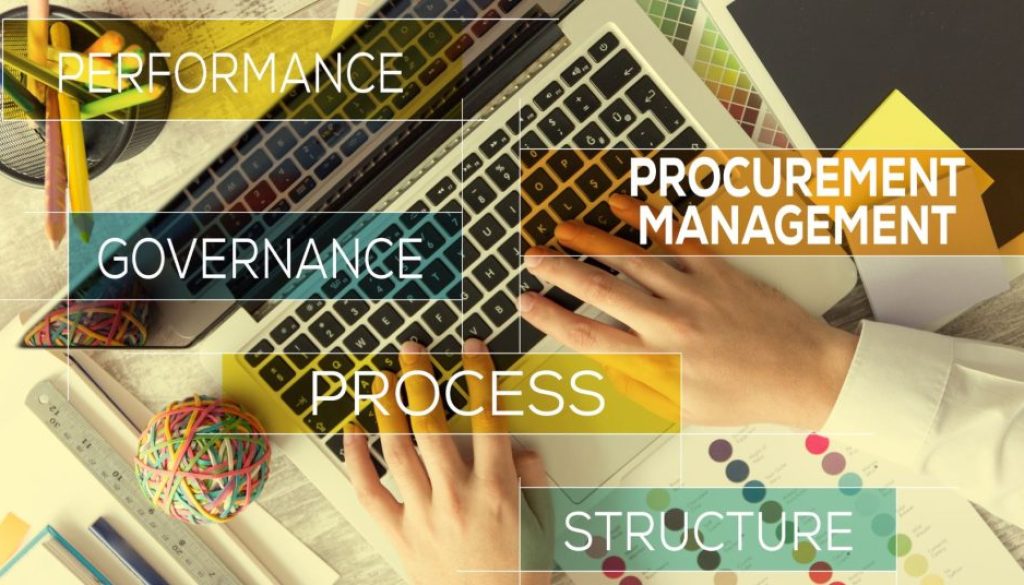Procurement compliance plays a crucial role in ensuring that organizations adhere to strict guidelines and regulations while acquiring goods and services. This not only safeguards a company’s reputation but optimizes operations and drives cost savings. But to achieve actual compliance in sourcing and procurement, it is important to take certain steps that go beyond just having a policy in place. In order to ensure procurement compliance is not just a checkbox activity, it’s vital to implement tactics that drive actual adherence and tangible results.
Here are five tactics that will help you enforce and maintain procurement compliance in your organization:
- Engage directly at the plant level. Whether center-led or decentralized, any new contracts that drive cost savings across the business need to be articulated at the local level. As an example, plant management with direct profit and loss (P&L) responsibility will adhere to pricing terms with new suppliers if they easily understand the benefit to them.
- Load new pricing immediately into your P2P system. With a well-maintained catalog, pricing will have expiration dates. Any new pricing should be immediately updated, and requests for similar goods or services should be steered to those newly contracted rates. By doing so, you ensure that procurement is aligned with the updated pricing and prevents any overspending due to outdated information.
- Ensure the negotiated pricing matches supplier invoices. It is common for suppliers to invoice incorrectly. To address this issue, it is essential to establish a proper invoice review and approval process to minimize the risk of overpayment or duplicate invoices. Three-way matching between purchase order, invoice, and receipt of goods can be easily established with the right software to ensure that the organization is paying for what it has ordered and received.
- Filter ALL spend through your P2P tool. Rogue or maverick spending should be curbed by encouraging employees to use your organization’s P2P (purchase-to-pay) system for all purchases. By centralizing procurement through the P2P system, organizations can monitor and track spending patterns, quickly identify deviations from established policies, and take corrective action in real time.
- Implement budget controls. Paying attention to your budget before the purchase of new materials or services results in fewer budget overruns. Implementing budget controls not only helps in monitoring expenses but also encourages employees to make cost-effective decisions.
Read More:- How to Build an Ideal Supplier Scorecard
In conclusion, gaining actual compliance in sourcing and procurement requires a combination of engaging with local teams, keeping pricing information up to date, establishing proper invoice review and approval processes, centralizing procurement through a P2P system, and implementing budget controls. By following these steps, organizations can optimize their sourcing and procurement processes to ensure they are obtaining the best value for their money while maintaining compliance with internal and external policies and regulations.
Learn how Simfoni’s sophisticated procurement platform can help you drive greater compliance and achieve significant cost savings across your organization. Schedule a demo today!

